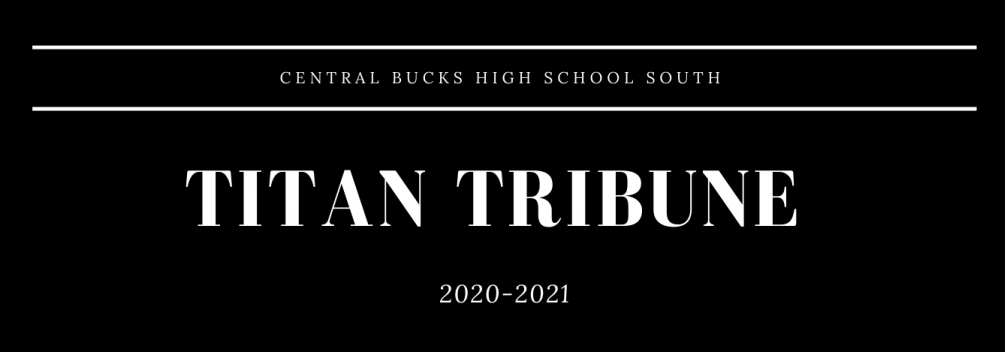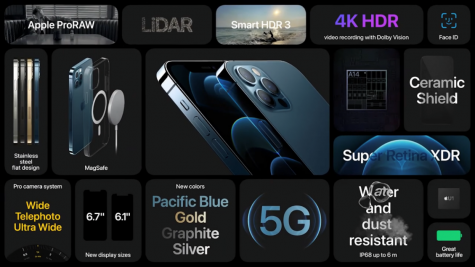October Apple Event: Part 3
Apple also revealed a new feature called MagSafe.
It was something old Mac chargers used to do, where they would magnetically attach to the charging port, so if someone walked through the cable, it would not pull the laptop with it – it would just pull out the cable.
On the phone, Apple put a sophisticated ring of magnets around the wireless charging pad of the iPhone 12.
If there is a magnetic wireless charger, the magnets help correctly align the phone and give a faster, more stable charge.
The phone’s wireless charging still works with the standard QI wireless chargers, so it is still universal. Not all chargers have magnets like Apple’s charger and other brands, so it does not allow the phone to align magnetically.
Companies like Belkin are working on these charges, however. These magnets are not only suitable for charging but accessories. Apple loves its accessories.
Now you can magnetically attach cases, and the case with magnets can help secure a wallet attachment.
The wallet can go straight onto the phone too. Apple also says on its website not to worry because the wallet is shielded.
Credit cards will be safe, as people were concerned because magnets can ruin credit cards by making their electronic data unreadable by specific machines.
The new Apple A14 chip is in the whole iPhone 12 lineup. Apple claims it is the fastest chip in a smartphone, and they are not wrong. Even the A12 chip from last year outperforms new phones. Performance is something Apple has a leg up on many companies as they make their chip that is outfitted for their own instead of using something that many companies use like Qualcomm Snapdragon. The A14 has the smallest chip in the industry, at 5 nanometers. One nanometer is one-billionth of a meter! This chip is five times as small.
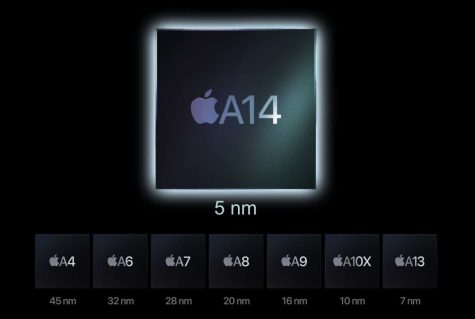
The smaller the chip typically means the lower the power consumption to perform a particular task.
The A13 had 8.5 billion transistors, and this has 11.8 billion transistors.
Now you may wonder why you should care how many transistors this chip has. You get more processing power in simple terms. There are more digital switches available to use, and there is better performance.
The 16-core Neural Engine allows the phone to do 11 trillion operations per second. The iPhone 11 that had the A13 chip could do up to 6 trillion operations a second, so the new chip can do nearly double the amount!.
After unveiling the iPhone 12, Apple dramatically showed the world the iPhone 12 mini! The iPhone 12 mini is a 5.4-inch display compared to a 6.1 inch on the iPhone 12. 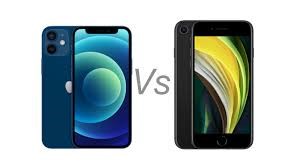
However, the phone’s shell, the overall body, is smaller than the iPhone SE/8, which has a 4.7-inch screen!
So this is an excellent option for people who like a smaller phone. The Mini still has all the features that the iPhone 12 has, just with a smaller screen. The mini starting price is $699, and the iPhone 12 starts at $799. There are 5 colors: White, Black, Blue, Green, and (PRODUCT) RED.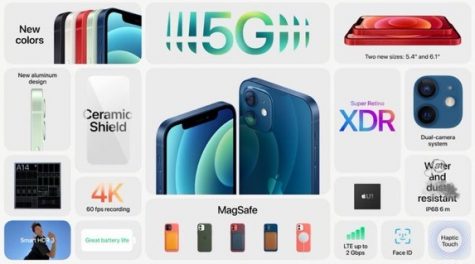
After the iPhone 12 comes the more premium and expensive iPhone 12 Pro.
I honestly think there are fewer differences between the two this year since they both have OLED/premium displays. However, the iPhone 12 Pro, like the 11 Pro last year, is made of stainless steel instead of aluminum.
Stainless steel is more premium and durable.
The Pro has all the same things the 12 has but more.
Like last year, it has three cameras instead of two on the 11 and 12. It has a Wide, Ultra-Wide, and Telephoto. Telephoto zooms in.
The iPhone 12 can still digitally zoom in like almost every phone, but having a telephoto camera helps make it sharper and a better photo. It is physically zooming in and maintains good picture clarity, with a less grainy end product.
The iPhone 12 Pro has 87% low light shot improvement, whereas the 12 had a 27% improvement.
Apple showed some impressive low light shots, and I have to say they are much better.
This year you can take Night Mode shots on every camera, not just the regular wide like last year.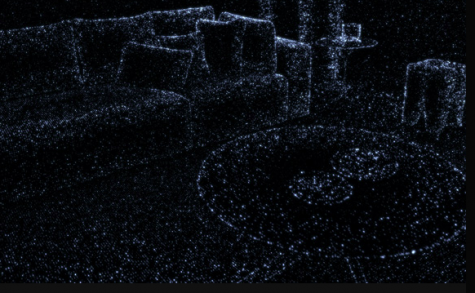
That is also on the 12, though.
It can record in Dolby Vision HDR! It is the first phone to be able to do this.
The videos Apple showed were movie production quality, and I will link a video that shows this down below.
The standard 12 can also do this, but it will most likely be used more on the Pro as it has better cameras.
But again, not many differences from the regular 12. The new camera sensor that is different from last year’s Pro is the rumored LiDAR scanner. This first debuted on the iPad Pro (2020), but people said it seemed more useful for a phone than an iPad, and they were right.
LiDAR stands for Light Imaging and Ranging. It helps the camera’s system and dramatically improves AR (augmented reality). It also helps with autofocus in low light.
It can be used to map a room, virtually design it. The iPhone 12 Pro Max is the same thing, just a more prominent 6.7-inch display and slightly bigger camera sensors that allow the camera to take in more light, then again, better low-light performance.
The iPhone 12 Pro and 12 Pro Max come in 4 colors: Pacific Blue, Gold, Graphite, and Silver. The Pacific Blue is currently my favorite. The iPhone 12 Pro starts at $999, and the iPhone 12 Pro Max starts at $1099.

